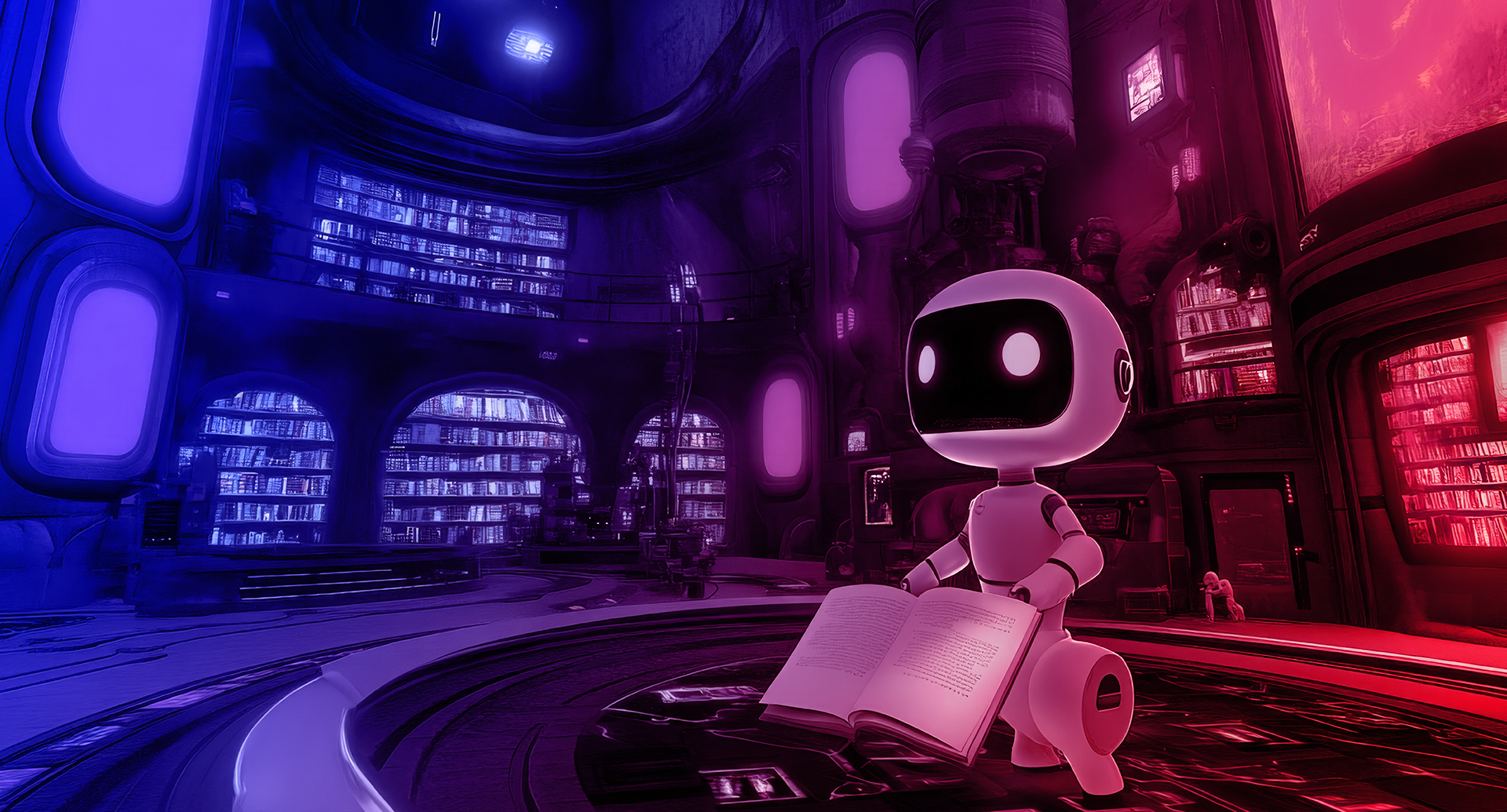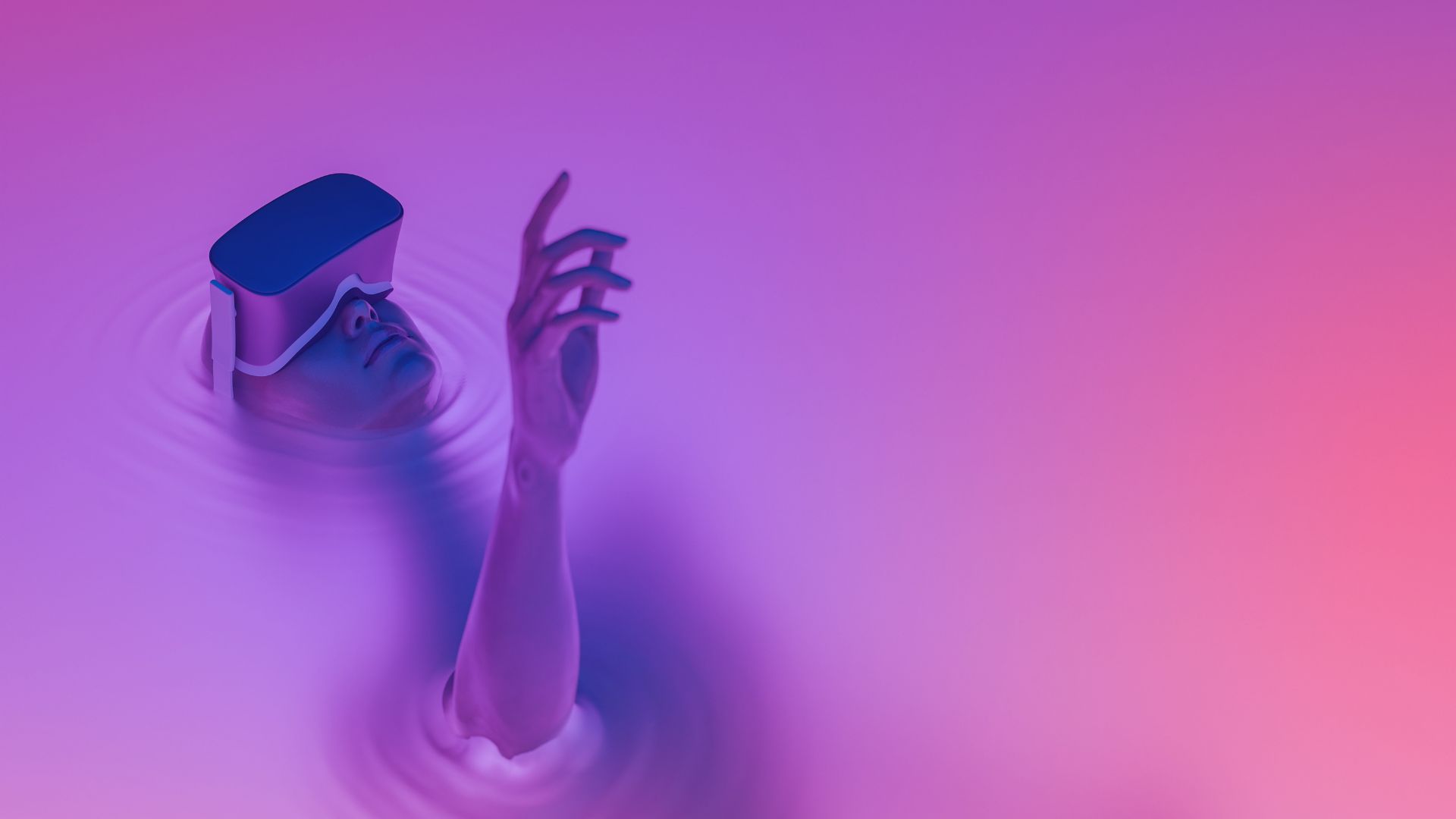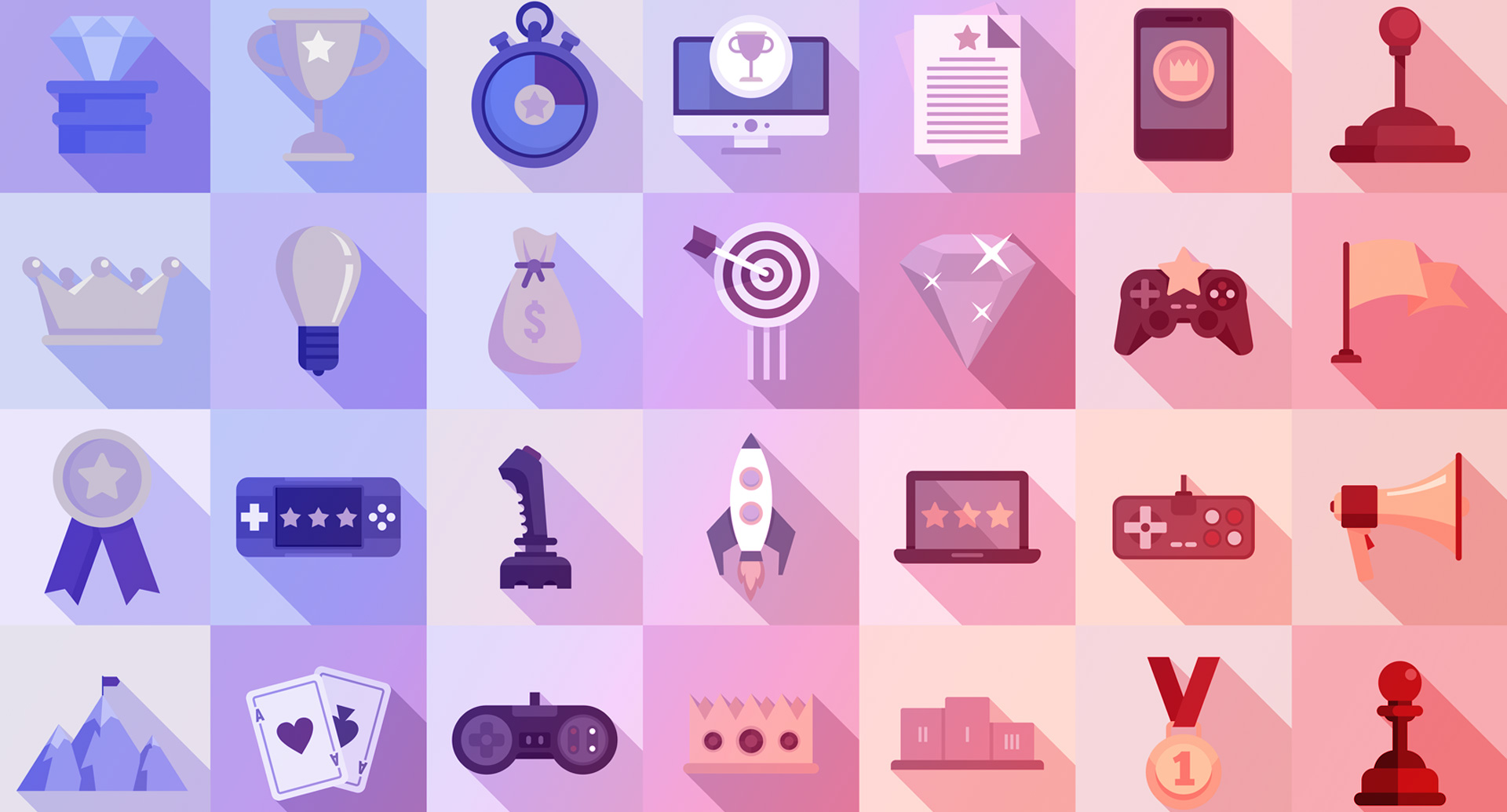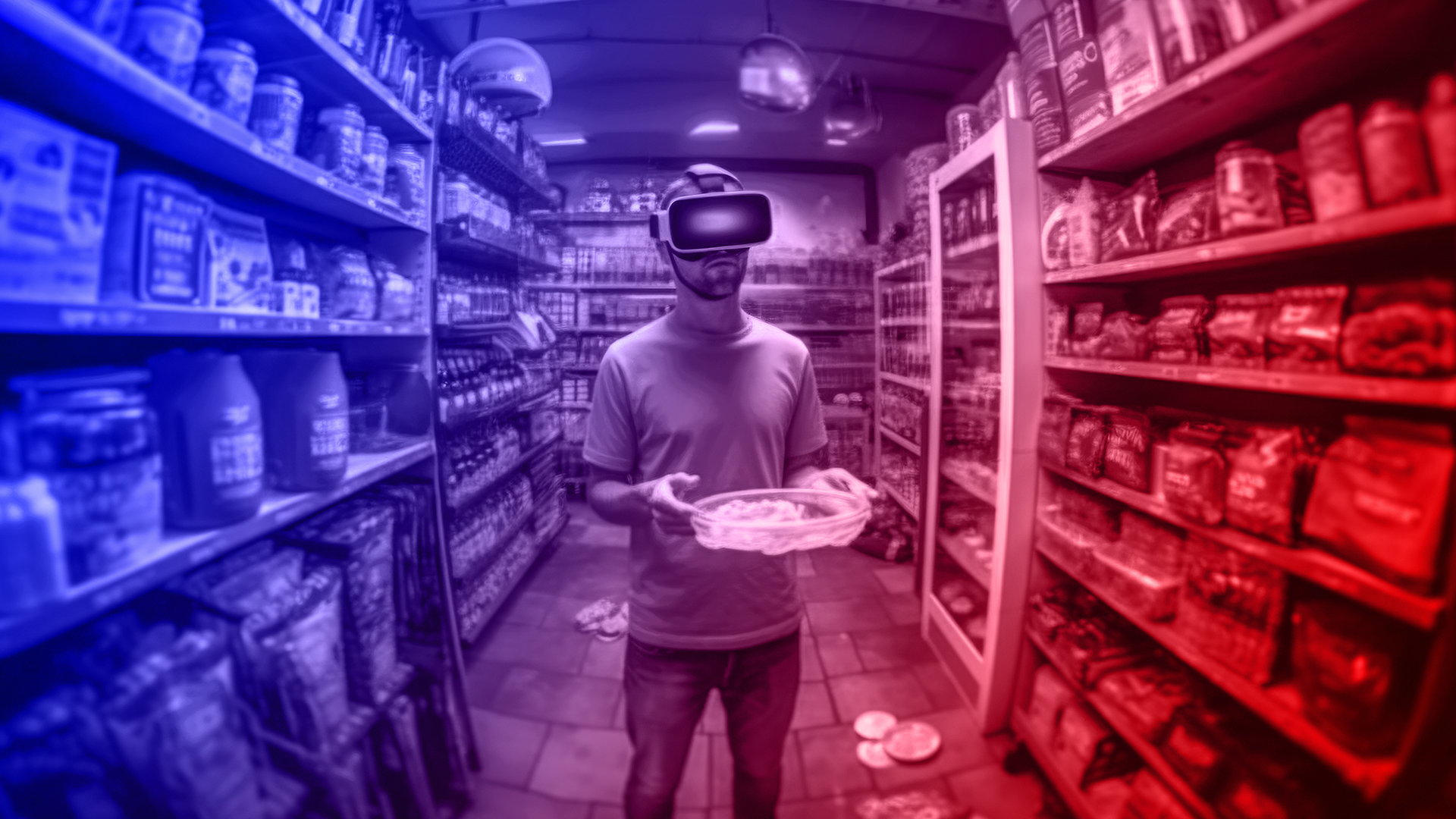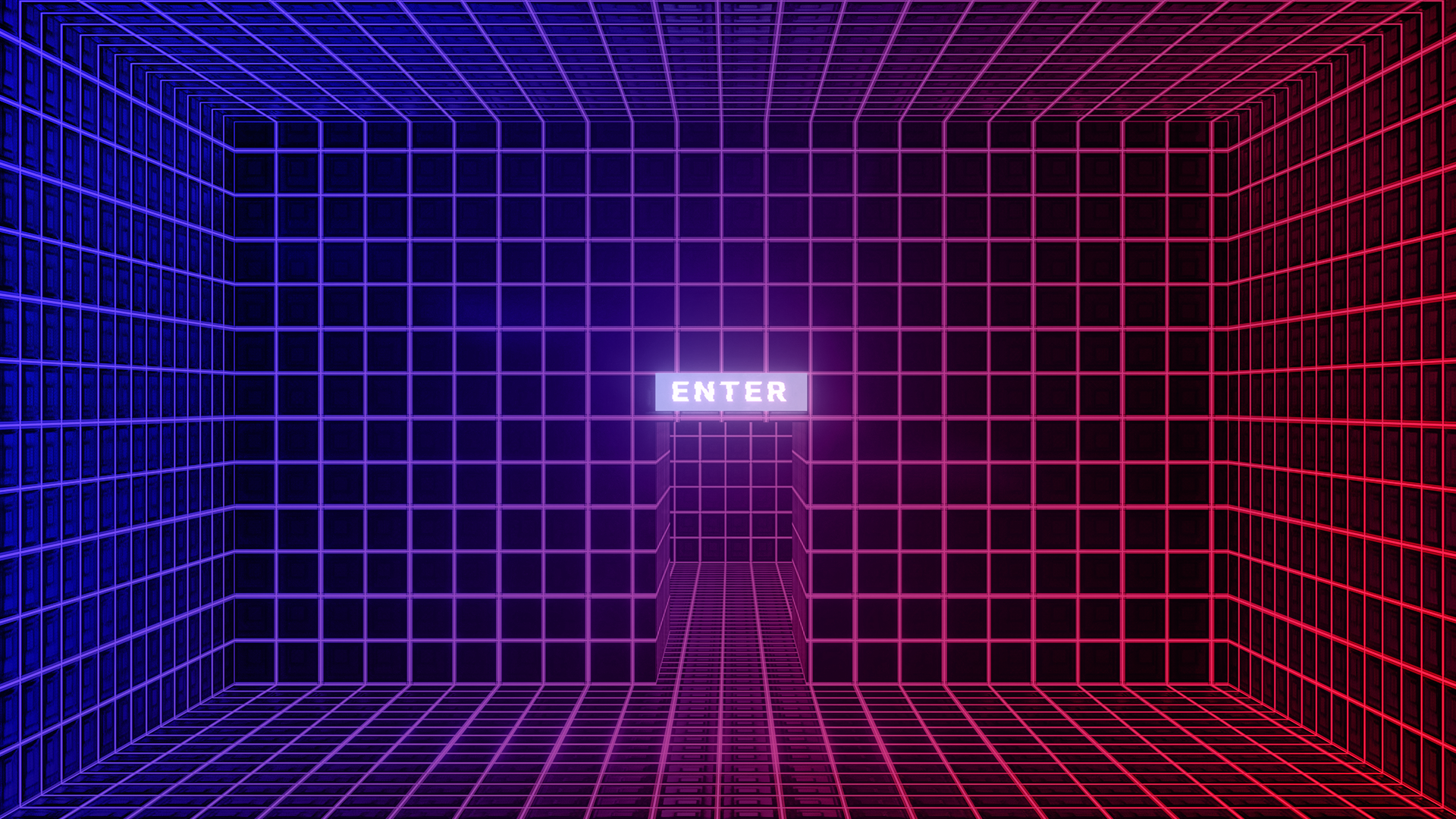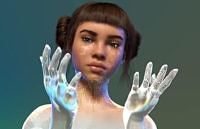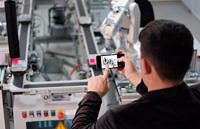Posts under the Topic:
VR / AR / XR
The use of virtual realities is becoming more and more popular at companies. After all, digital spaces offer numerous possibilities, not only in terms of product design, but also with regard to user experience. The umbrella term “extended reality”, or XR for short, is used to describe various virtualities, ranging from completely real to completely virtual. These include virtual reality (VR), augmented reality (AR), mixed reality (MR), and more.
Virtual reality (VR)
Virtual reality refers to an artificial world or environment that is generated using computer programs and transmitted via big screens, VR glasses, or in special rooms called “cave automatic virtual environments”. Users can move around in this world, while the displayed view adapts to their line of sight and mov...
Interactive storytelling: gamification and storytelling marketing
Interactive storytelling is revolutionizing marketing: Gamification combined with narratives creates immersive brand experiences that actively involve customers.
28.01.2025
Metaverse marketing: Why the platform (still) has huge potential
The euphoria surrounding the metaverse may have died down. But there’s more to the buzzword than you might first think. We present examples of successful metaverse marketing – and tips for creating an impact with your brand in the new digital sphere.
19.12.2024
Are immersive brand experiences the future of brand communication?
In a world where consumers want more than just products, immersive brand experiences are taking retail to a new level, blurring the boundaries between the digital and physical worlds and creating memorable moments that inform, inspire and connect.
13.12.2024
Tech trends of 2025: findings from DMEXCO 2024
The players in the digital tech scene met at #DMEXCO24 to discuss what’s new. A number of tech trends for 2025 already emerged. Learn more here – and re-watch via the VOD links.
17.10.2024
Immersive experiences in marketing
A guest article from Katharina Jäger, Head of Innovation & Technology at the German Association for the Digital Economy (BVDW)
19.07.2024
Gamification – power up your marketing
Things are so much better when they’re fun: gamification lets you level up your marketing and boost interaction and engagement among your customers. We explore two inspiring best cases and walk you through the best gamification elements.
04.07.2024
VR marketing and more in the food industry
Behind the scenes, the food industry has become a trailblazer in virtual reality marketing and development in recent years. We take a look at how it’s leveraging VR – and what marketers can learn from it.
20.02.2024
Metaverse marketing – a glimpse into the future
The metaverse is one of Web3’s top creations, but people haven’t been talking about it much recently. So, what’s going on with the new digital space? And how can you leverage the metaverse effectively for your marketing? We have the answers here!
08.02.2024
Latest Stories
AI prompt engineering for social media texts
Read here to become a pro at prompt engineering and learn how to train AI models for top-class social media texts.
Augmented Reality in Marketing: 8 Current Examples
From L’Oréal to Meta and Snapchat – augmented reality has found its way into marketing. We explore some examples.
07.07.2023
